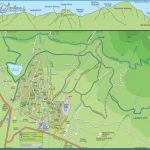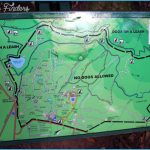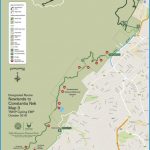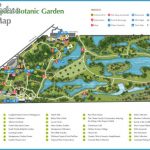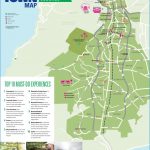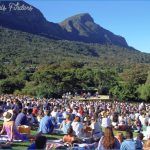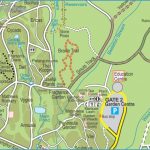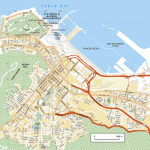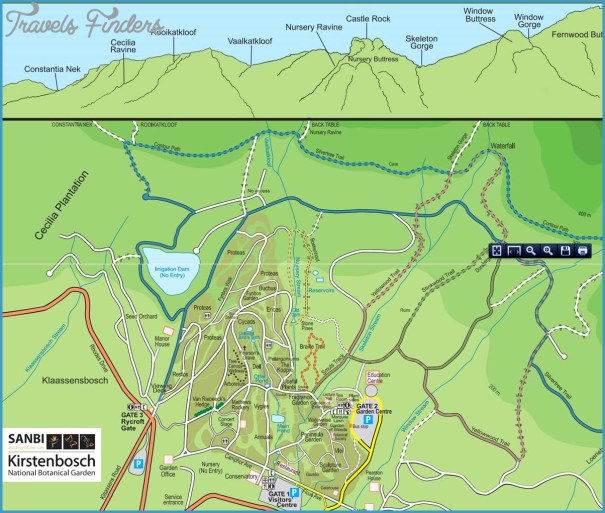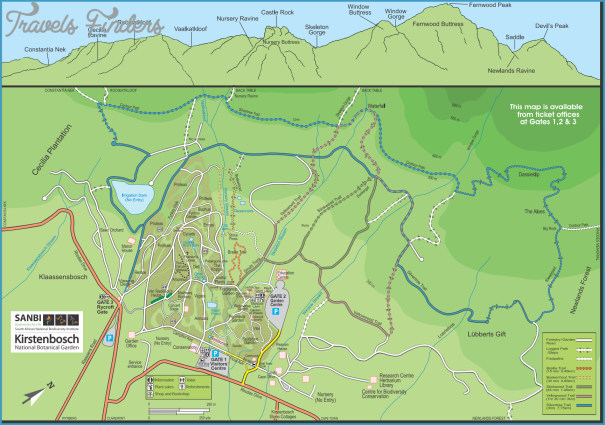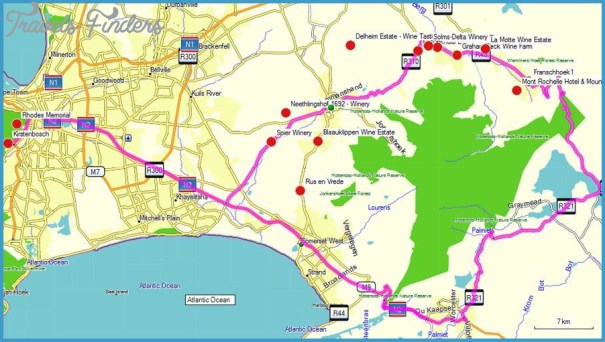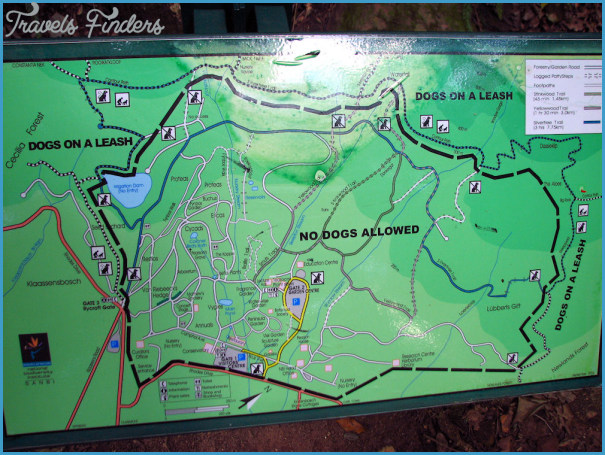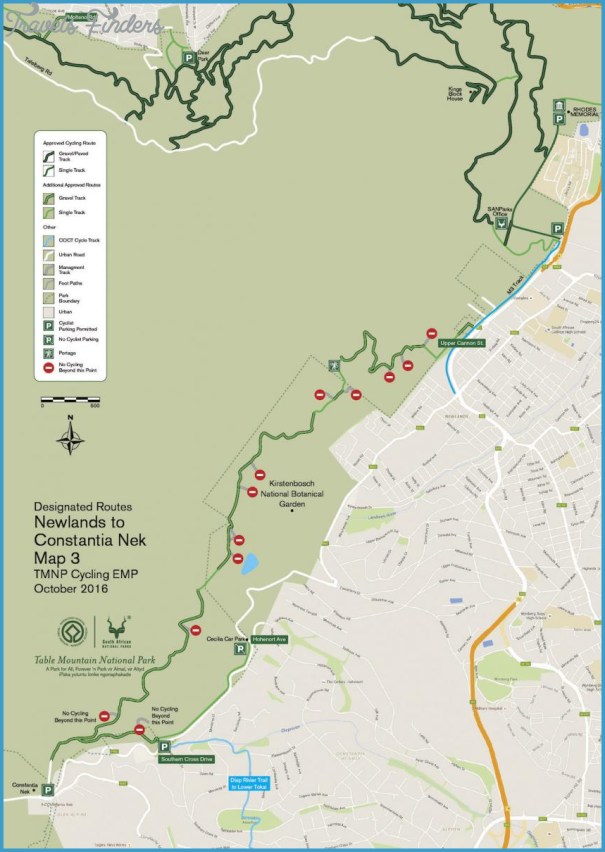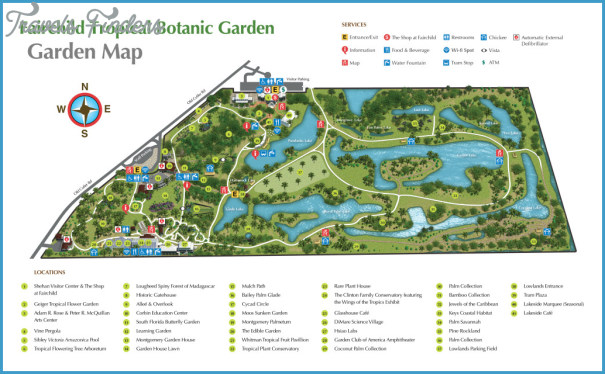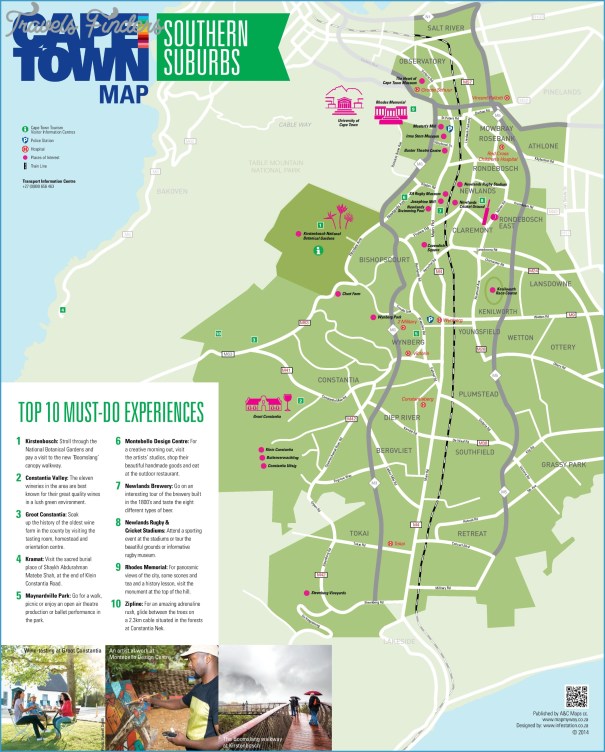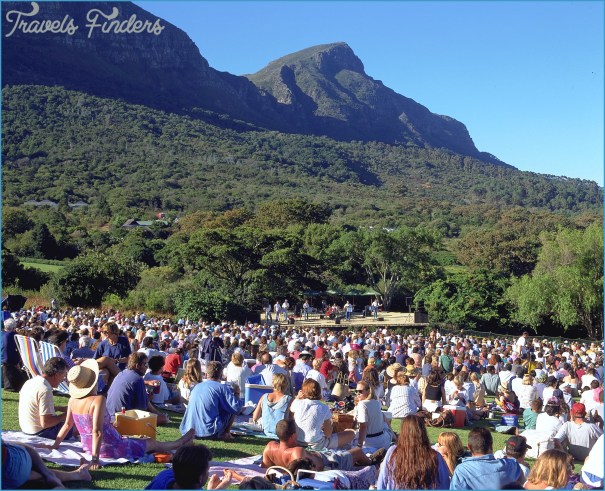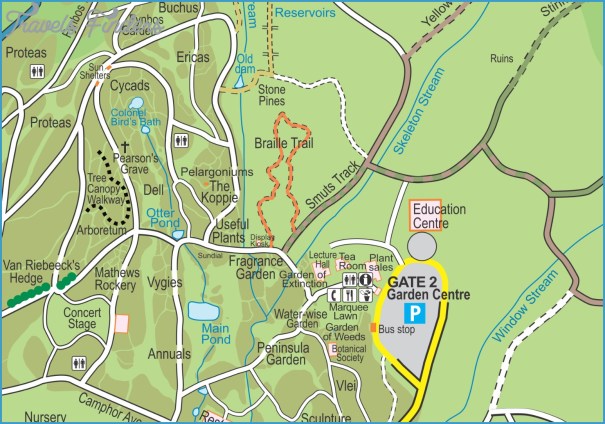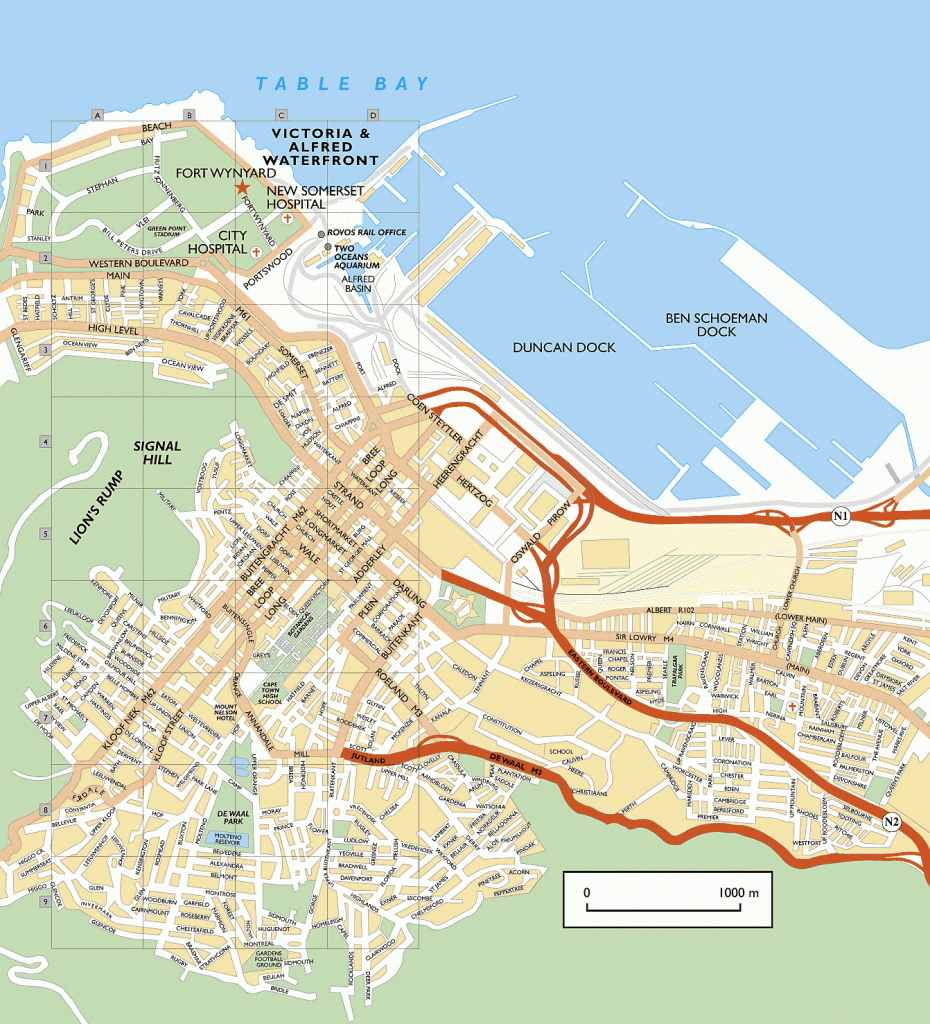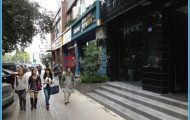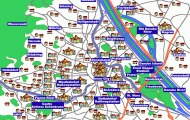The Pearson Memorial Hostel was originally built to accommodate lady horticulturists . From 1990 to 2004 it served as offices for the NBI senior management and the Board.
One of the valuable legacies of our colonial past is the tradition of detailed annual reports demanded of the officials of colonial governments across the globe. The history of Kirstenbosch is awash with the tears of cash-strapped directors.
The total budget for 1914 – the first full year of operation of Kirstenbosch – was £2 285. The government grant was £1 000, the Botanical Society contributed £432, and Cape Town City Council, £300. But the Garden was kept going through the sale of firewood (£209) and acorns, sold as feed for pigs (£283). In 1917, income from firewood and acorn sales exceeded that of both government and Botanical Society grants. It is truly amazing that the Garden survived its early, formative years and indeed undertook impressive developments.
Regular commissions and committees were mandated by the government to review the state of affairs and financial needs of the Garden. Each of these recommended substantial increases to the Kirstenbosch grant – but to no avail. By 1979, the Garden was still in ‘a critical financial situation’.
Funding for major infrastructure was never adequate. The first government-funded project in the Garden – the construction of the director’s residence, costing £2 500 – occurred in 1915. More than 50 years would pass before a project of similar cost was executed. In the interim, many small buildings appeared across the Kirstenbosch landscape. Essential needs were met in a rather ad hoc manner. Importantly, first attention was always given to basic horticultural needs. Glasshouses, workshops, staff accommodation and storerooms appeared in surges of activity at approximately 10-year intervals. In 1919 three small workers’ cottages were built – the charming ‘Stone Cottages’ below Rhodes Drive. A curator’s house was built in 1929. In 1937 a stone Gatehouse was added alongside the elegant new entrance gates and Bell Tower, and in 1939 a Lecture Hall was built. In 1947 the curator was provided with a new house, and in 1957 the Botanical Society head office was built. But, until 1969, all the buildings of consequence had been funded by public donations. In 1923, building of the Bolus Herbarium (later the Compton Herbarium) was financed through the Bolus bequest. The original Tea House was built through funds raised by the Botanical Society in 1924 and the Pearson Memorial Hostel was built in 1925, primarily with funds raised by the Botanical Society.
Kirstenbosch Map Detailed Photo Gallery
Buildings were erected wherever it seemed convenient – there was no master plan. As Professor Compton remarked ‘Mistakes were made, naturally enough, showing themselves and having to be corrected later ’ Lack of regular, predictable funding from government meant that the Kirstenbosch management team had to grab whatever funds were offered. Often the planning was done in far-off Pretoria, following standard Public Works Department specifications, with unfortunate results. The first major government-funded project since the director’s residence (of 1915) was a new Nature Study School built in 1969. Placed high above an extensive new parking area, and of a ‘Bauhaus’ design, the building for many years protruded as a square concrete bunker. Careful planting of trees and sensitive landscaping now hides it. Given time, nature allows mistakes to be ‘corrected later’.
The annual reports generated by Kirstenbosch make for entertaining reading. Successive curators presented reports in impressive detail – wonderful chronicles on the trials and tribulations of the early years of the Garden.
The difficult years of financial constraint continued until the 1990s. What changed Kirstenbosch’s fortunes was not an influx of government funding, or a windfall resulting from the sweeping sociopolitical changes of the 1990s, but rather a change in the perception of what a modern botanical garden should be. It required a paradigm shift in management model.
A new management model Old and new parking areas – from dusty arrival to a shady welcome. Adequate and secure parking is the first requisite of any tourist destination.
By the 1980s, Kirstenbosch was already a world-famous and stunningly beautiful garden. It had won international acclaim from the botanical fraternity, delegations of which arrived to celebrate its Golden Jubilee in 1963, and its 75th Anniversary in 1988. But it was still a garden for gardeners and botanists; it had yet to serve society as a whole effectively. Equally, it was still wholly dependent on government funding for both day-to-day operations and capital development funding. It was hobbled by the belief that ‘Pretoria would provide’.
In looking for advice from colleagues around the world, Huntley, the new Director from 1990, was surprised to find that all the famous botanical gardens – from Kew to New York to Sydney to Singapore – suffered from the same malaise: a sense of entitlement seemed to prevail, a legacy of the colonial era where botanical gardens were as much pleasure parks for the privileged, as they were centres of botanic research. Most were isolated from the local economy and few considered financial independence as an achievable goal. But a hint of what to do came from an unexpected source – Barry Ambrose, Director of the Royal Horticultural Society Enterprises at the Society’s Wisley Garden outside London. Ambrose visited Kirstenbosch in 1992 to advise on planning the new garden shop.


